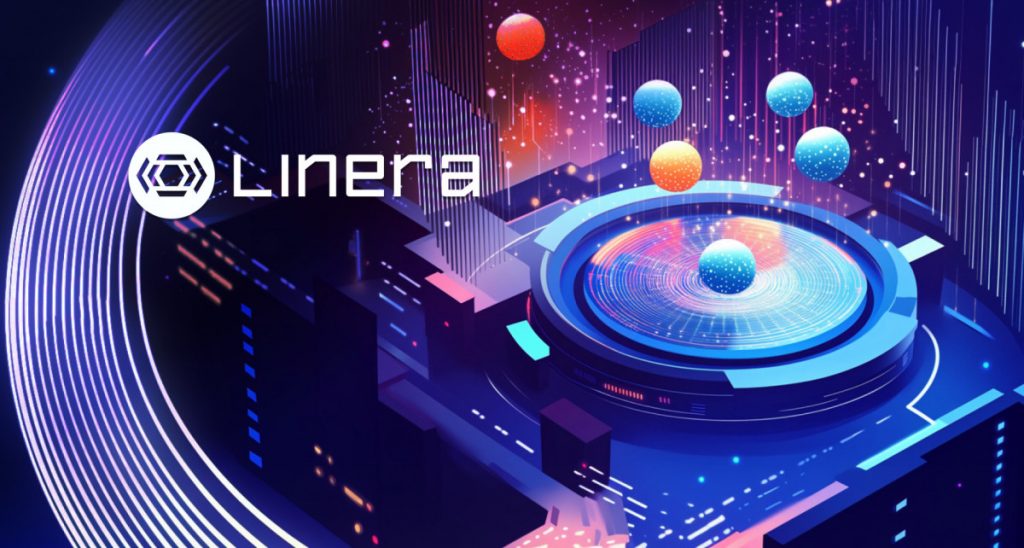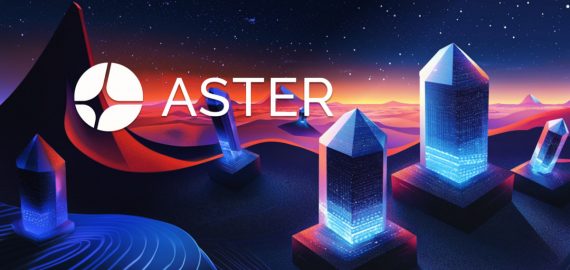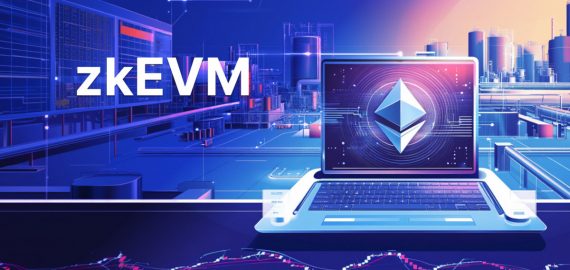Linera Breaks Blockchain Barriers with Infinite Scaling Power


In Brief
Linera, a Layer 1 blockchain project, introduces microchains based on FastPay, aiming to scale infrastructure and eliminate bottlenecks in performance and user experience.

In a market saturated with Layer 1s and an increasing number of Layer 2s, another blockchain project might seem unnecessary. However, occasionally a project emerges that isn’t just another addition to the ecosystem but represents a fundamental rethinking of blockchain operation. Linera is such a project.
Built on the technical foundations of FastPay—a system developed by Meta’s Novi research team in 2020 and co-authored by Linera founder Mathieu Baudet—this new Layer 1 chain introduces a groundbreaking concept: microchains. With microchains, Linera doesn’t just scale blockchain infrastructure; it aims to eliminate the bottlenecks that have long hindered performance and user experience.
The Breakthrough That Transformed Blockchain Scalability
FastPay was never intended to be a typical crypto product. Instead, it served as a bold theoretical plan for a global payments network powered by blockchain. Although the system never launched for public use, its underlying innovations were highly impactful.
FastPay introduced a model where transactions bypass the mempool and don’t wait their turn, a process that has long hindered the real-time efficiency of even the most advanced blockchains. Instead, users interact directly with authorities, now called validators—processing transactions in parallel and paving the way for potentially unlimited horizontal scalability.
Adding Programmability to Infinite Scale
This vision is now being realized with Linera. While FastPay focused on transactional throughput, Linera extends these principles by introducing programmability. The FastPay model of individual user accounts transforms into a system of microchains, autonomous, personal blockchains for each user, that operate simultaneously on a shared validator infrastructure.
It’s an elegant transformation: rather than relying on batching mechanisms like rollups, or on mempool traffic management, Linera distributes load naturally and infinitely across a web of microchains, each capable of smart contract execution and asynchronous communication.
Unlike rollup-focused architectures that rely on Layer 1s for data availability and experience latency during proof generation, Linera’s system is inherently built for real-time responsiveness. While ZK rollups are cryptographically strong, they are limited by the intensive computation needed for proof creation. Linera overcomes this by allowing direct, parallel, and verifiable execution paths. This results in a blockchain that meets modern Web2 performance standards and stays true to the core decentralization principles of crypto.
A New Approach for Decentralized Networks
Linera’s approach is especially compelling because it emphasizes infrastructure enabling user-centric parallelism while maintaining security. Validators do more than process blocks; they coordinate a network of independent chains. This layered, cohesive architecture is what allows Linera to suggest the potential for infinite scaling, provided the underlying hardware can scale accordingly.
Although still in its testnet phase, Linera has begun attracting attention. Developers testing its microchain model report transaction speeds that resemble real-time messaging more than traditional block validation. The recent launch of its Babbage testnet introduces a new phase in stress-testing decentralized scalability limits.
Linera offers more than a faster blockchain—it introduces a different type of blockchain. It represents a progression from academic theory to practical application, moving from Meta’s research environment to the open Web3 landscape. In a field where scalability promises often fall short without trade-offs, Linera’s microchains might be the first significant step toward achieving a truly seamless decentralized future.
Disclaimer
In line with the Trust Project guidelines, please note that the information provided on this page is not intended to be and should not be interpreted as legal, tax, investment, financial, or any other form of advice. It is important to only invest what you can afford to lose and to seek independent financial advice if you have any doubts. For further information, we suggest referring to the terms and conditions as well as the help and support pages provided by the issuer or advertiser. MetaversePost is committed to accurate, unbiased reporting, but market conditions are subject to change without notice.
About The Author
Victoria is a writer on a variety of technology topics including Web3.0, AI and cryptocurrencies. Her extensive experience allows her to write insightful articles for the wider audience.
More articles

Victoria is a writer on a variety of technology topics including Web3.0, AI and cryptocurrencies. Her extensive experience allows her to write insightful articles for the wider audience.

















































